Thought I'd share some pictures from our fieldwork season so far.
The mass balance describes how much mass a glacier gains or loses per year. If the lower parts of the glacier lose more mass in summer than the upper parts gain through snow accumulation, the glacier will shrink; if it is the other way round it will grow, and if the gains and losses balance out the glacier is in equilibrium state and remains the same size. There are different ways to measure the mass balance. You can do it with remote sensing data, or you can use geodetic, hydrology, or modeling based approaches. Or you can use the "direct glaciological method", which means actually going out and measuring things on the glaciers. Each method has its pros and cons. There are other, more complex processes going on at various types of glacier, but if you want one number to describe the state of things, the mass balance is a pretty good start. Mass balance data from all over the world are collected by the WGMS.
At our office we do a bit of everything but a large part of summer is taken up by running around on glaciers we monitor via the direct method. When snow depth is greatest (late spring), we go and dig deep holes down to the ice or last year's snow, provided last year's snow survived the summer. We measure the density of the snow and calculate the amount of water we would have if we melted it all. This is the winter balance, or the amount of mass gained during the accumulation season. Mostly we deal with something between 3 and 6 meters, but we've topped that. Beyond about four meters you need to start making terraces, or have really long arms. There is a certain sick satisfaction to be gained from digging a nice big hole and some people make an art form out of it, but mainly it makes your back ache. In places where it snows more than in the Alps, people use snow corers to avoid digging 10 meter deep holes.
Spring pit Mullwitzkees:
Hallstätter Gletscher:
June is for Heliskiing
Not really.
No heli to go back down
In July we walk.
Mostly.
Two colours!
More walking.
Here we can take a lift up and ski a bit.
Until the snow runs out.
Wonder who lost that 30 years ago.
More walking.
Once the snow has melted in summer, ice ablation (fancy word for melting) starts. To measure this, we drill long (usually around 8-12 m) stakes into the ice with a steam drill and periodically check how much of the stake is sticking out of the ice. The end of the hydrological year (Sept 30) marks the theoretical end of summer ablation and we do a final reckoning of how much ice has melted on the tongues and how much snow remains in the higher regions of the glacier (if any). We then figure out how much net loss (or gain) occurred that year, averaged over the entire area of the glacier.
The steamdrill is a big pot where you heat water, which then comes out of a hose as hot steam.
#babeswithsteamdrills
Know how I know it moves?
Cookie monster sees you.
Who wants to shred the park?
Or maybe the XC track?
Glad you can't see these in winter.
Walkwalkwalk (note steamdrill)
Three summers worth of snow retreating up the hill.
The summit of Dachstein is an excellent place to experience the inspiring loneliness of the wild mountains.
More holes
Are we there yet?
Lonely glaciology slave.
Lovely and pristine.
In general, summer is more important for the mass balance than winter. Even small summer snowfalls slow down the melting process considerably because the new snow reflects most of the incoming radiation, which would otherwise melt the ice. The past two summers were rather wet and cool in the Alps and the mass balance was less negative than in previous years at most of our glaciers and even a tiny bit positive on some. This year the summer has started off hot and almost all of the winter snow that accumulated over the past seasons has melted. We've already seen between 1 and 4 meters of ice melt in the lower parts of our glaciers due to the warm weather and a relatively low winter snow pack.
Mid July 2013 vs beginning of August 2015:
Ten days:
Three weeks:
High time to get out of here and down to snowy south america!
Results 1 to 25 of 28
Thread: TR: Glaciers and stuff
-
08-14-2015, 03:23 AM #1
TR: Glaciers and stuff
Ich bitte dich nur, weck mich nicht.
-
08-14-2015, 05:12 AM #2
Great stuff. Thanks for posting.
-
08-14-2015, 05:50 AM #3
Awesome TR! Thanks 4 sharing!
27° 18°
-
08-15-2015, 01:08 AM #4
 Registered User
Registered User
- Join Date
- Aug 2015
- Posts
- 84
Loved this TR, thank you for that!
You job appears to be a dream job, what type of schooling do people have for this? (if any)
-
08-16-2015, 11:24 PM #5
-
08-19-2015, 05:38 AM #6
Yeah it's probably a corer of some kind. They work well but usually aren't long enough for an entire pit so some digging is still required.
I'm a phd student with a masters in atmospheric sciences. We do sit in an office quite a bit, it's not just running around outside. Glaciologists come from different fields, most are meteorologists or geographers, some physicists, geologists etc. Most field work doesn't exactly require a college degree and we have plenty of randoms helping out.Ich bitte dich nur, weck mich nicht.
-
08-19-2015, 05:50 AM #7

And you don't think you poking and prodding these glaciers is contributing to their accelerated demise?

Nice TR
-
08-19-2015, 07:44 AM #8
Very cool, and burly. Quality TR there, klar.
-
08-19-2015, 10:49 AM #9
Very cool, Klar! thanks for sharing!
-
08-19-2015, 10:07 PM #10
Makes me a bit sad to see the glaciers going going gone. But thanks for the pictures though klar
-
08-20-2015, 04:33 AM #11
 Registered User
Registered User
- Join Date
- May 2010
- Location
- Innsbruck, Austria
- Posts
- 564
Really interesting stuff.
What are 'normal' rates of loss/gain?
-
08-21-2015, 09:41 AM #12
Thanks for sharing, cool gig!
-
08-22-2015, 04:09 PM #13
Thanks for the tr.
-
08-27-2015, 04:23 PM #14
-
08-27-2015, 05:00 PM #15
WOW - nice TR and nice job. Well done.
sproing!
-
09-01-2015, 07:24 AM #16
Missed it. Thanks for putting it in the sidebar, Dunfee.
Such a good read indeed."Typically euro, french in particular, in my opinion. It's the same skiing or climbing there. They are completely unfazed by their own assholeness. Like it's normal." - srsosbso
-
09-01-2015, 09:35 AM #17#1 goal this year......stay alive +
DOWN SKIS
-
09-05-2015, 06:36 PM #18Ich bitte dich nur, weck mich nicht.
-
10-28-2015, 05:01 PM #19
What a cool job
-
11-02-2015, 07:18 PM #20
That was really cool. Thanks for sharing!
-
11-07-2015, 08:16 AM #21
Figured I'd add a few pictures from the final fall outings.
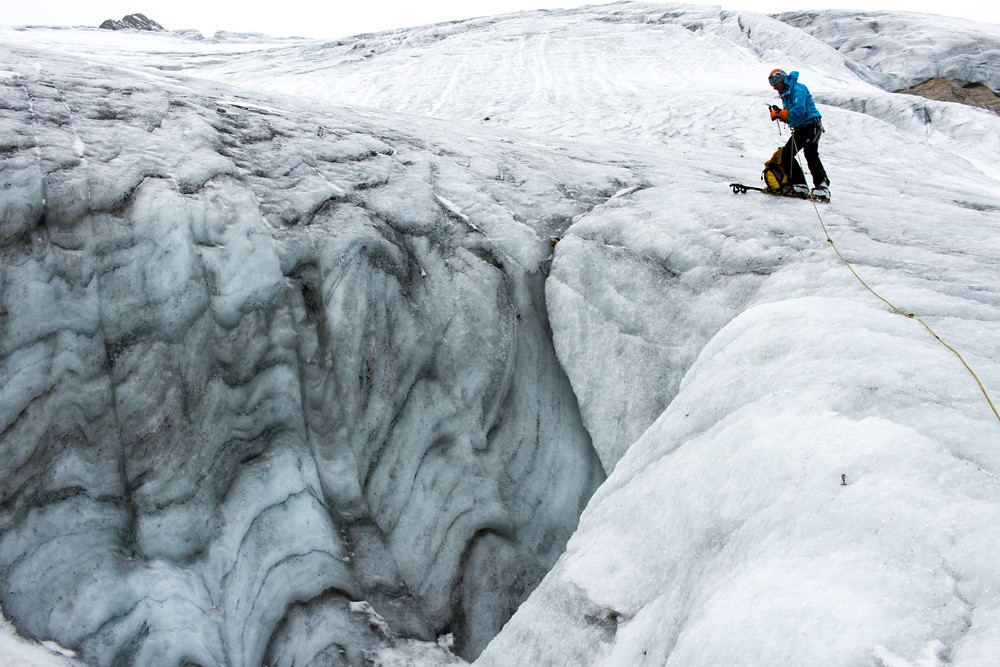

There was a bit of snow and the glaciers are all fucked up after the hot summer, so things were kinda interesting at times.
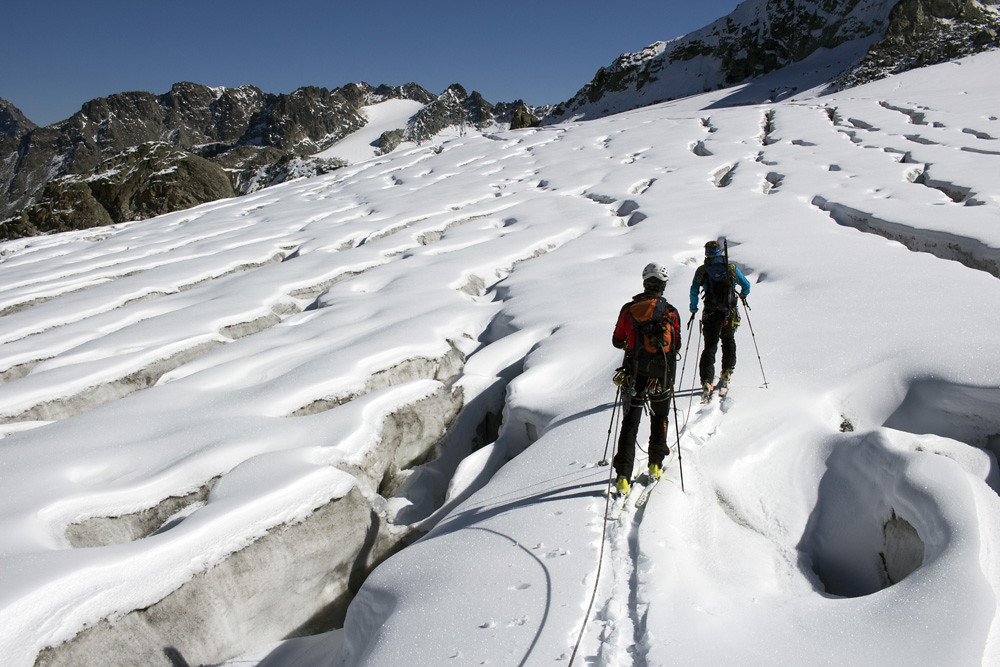

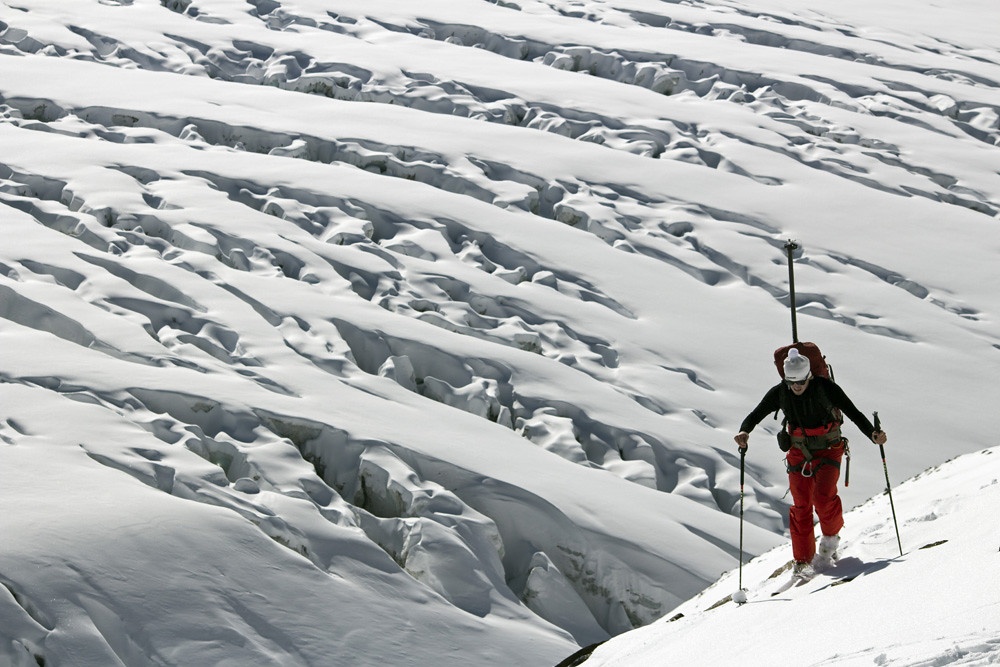
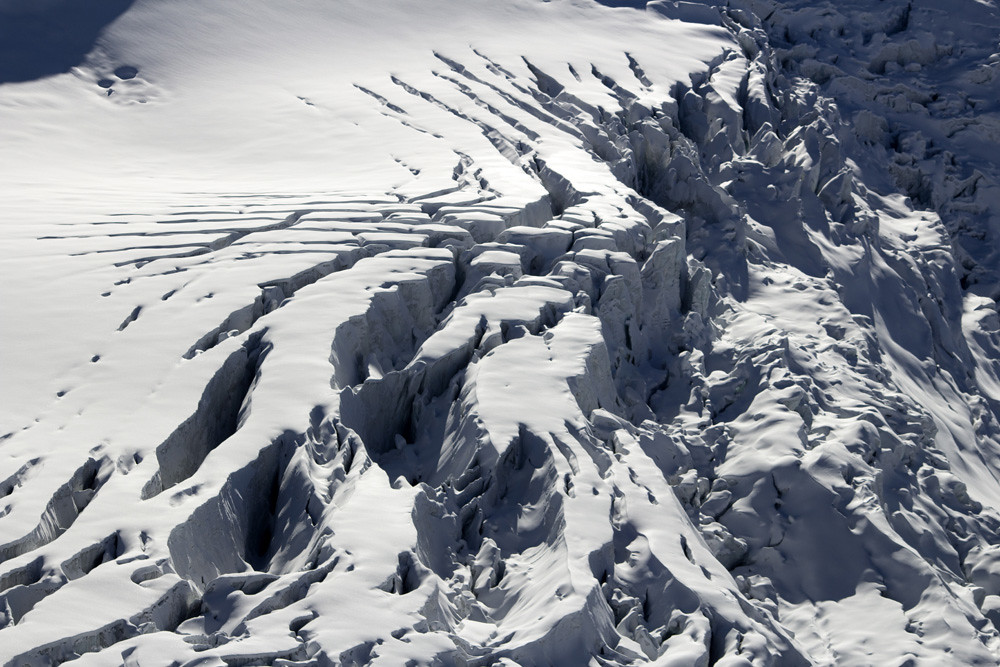

This was a different group going for a ski tour.
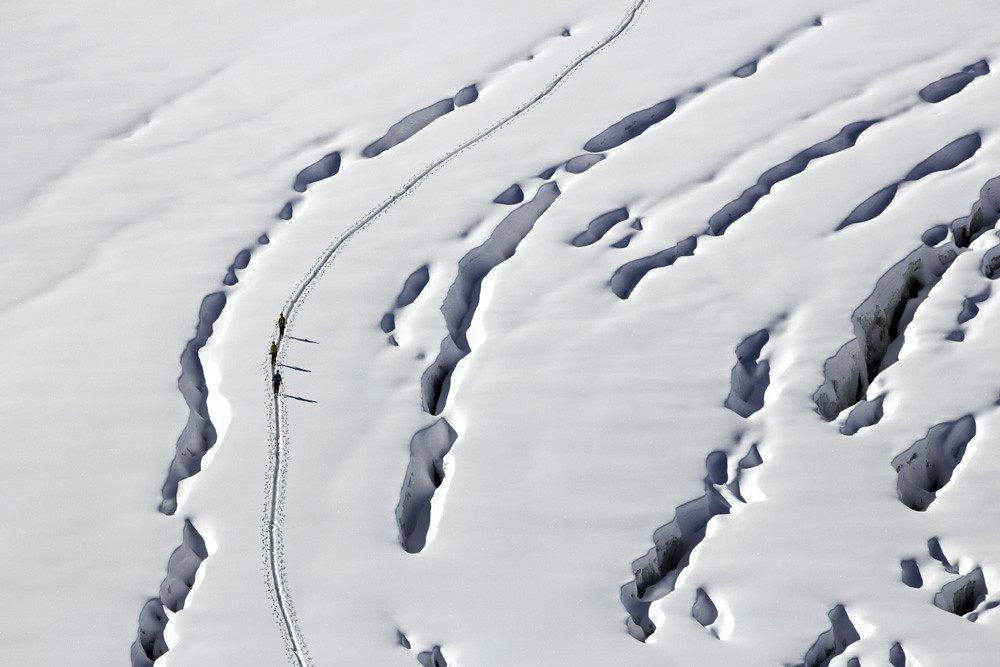
We have a bunch of automatic cameras set up and it's pretty cool to see how stuff changes from year to year.

Now patiently waiting for winter. Well, maybe not very patiently.
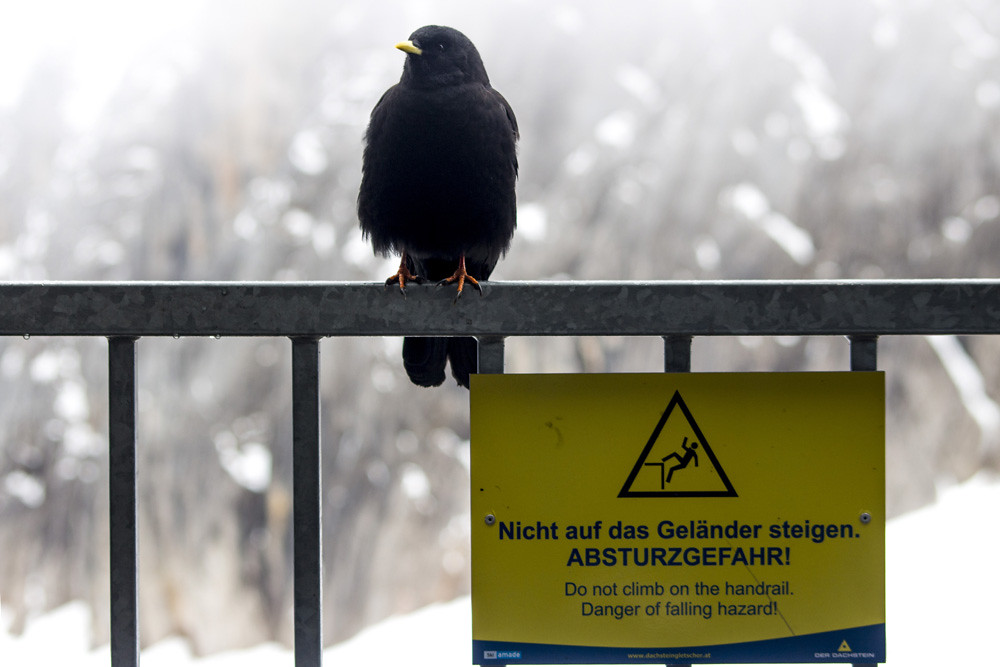 Ich bitte dich nur, weck mich nicht.
Ich bitte dich nur, weck mich nicht.
-
11-07-2015, 11:39 AM #22
Missed this earlier, sorry. "normal" isn't really a thing. A glacier in equilibrium state loses as much in the lower part as it gains in the upper part over every hydrological year. Glaciers in wet, maritime climates generally lose/gain a lot, while not much happens at glaciers in dry, colder, higher places. The net losses at the tongues this year aren't really that remarkable (although quite impressive). The striking thing is that there were substantial losses even in the highest parts of most glaciers around here and hardly any snow survived the summer (not just last winter's snow, but snow or firn in general).
Ich bitte dich nur, weck mich nicht.
-
11-07-2015, 06:08 PM #23
I missed this the first two times around...third time's the charm. Very cool stuff, I love this kind of shit. Unfortunately our California "glaciers" are a joke, glaciers in name only. My first visit to Cham blew me away at just how cool real glaciers are in person.
Greatest stuff, can't wait for you Ph.D thesis disproving global warming...Blurred will be pleased
I agree it is a constitutional right for Americans to be assholes...its just too bad that so many take the opportunity...iscariot
-
11-07-2015, 06:21 PM #24
Excellent. Those pics of a few inches of new snow over ablated ice make me nervous.
-
11-07-2015, 07:27 PM #25
More? Nice!

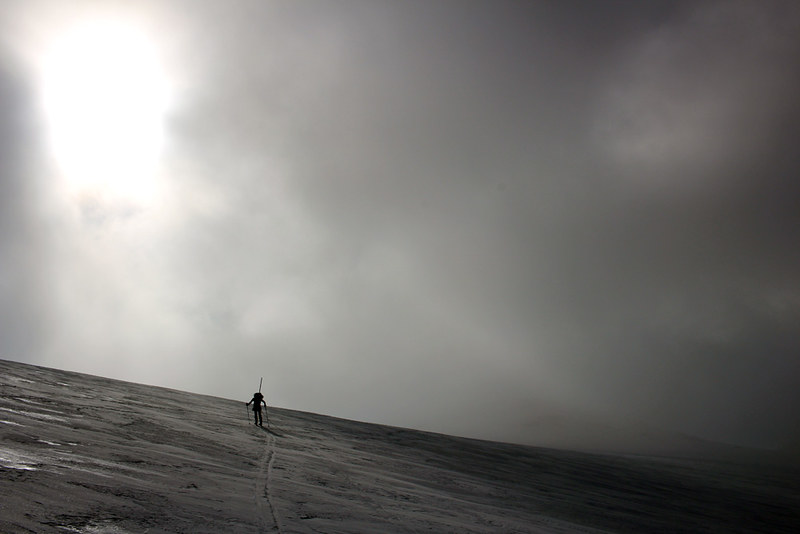
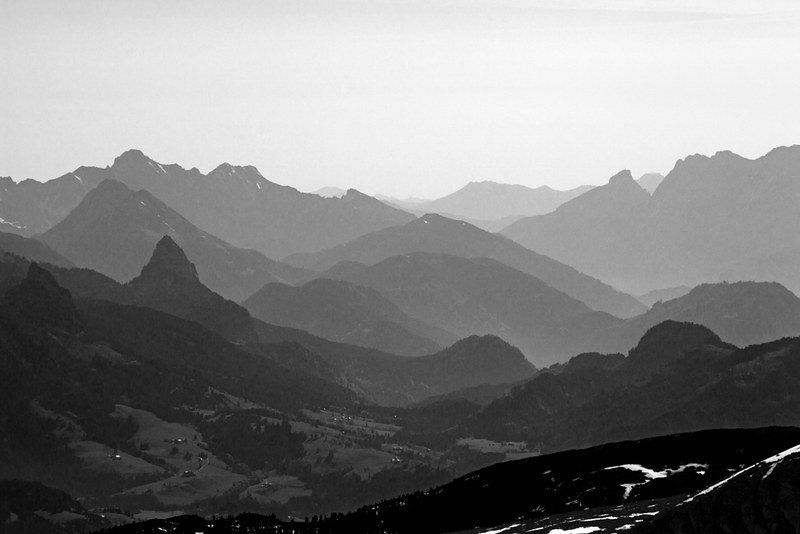
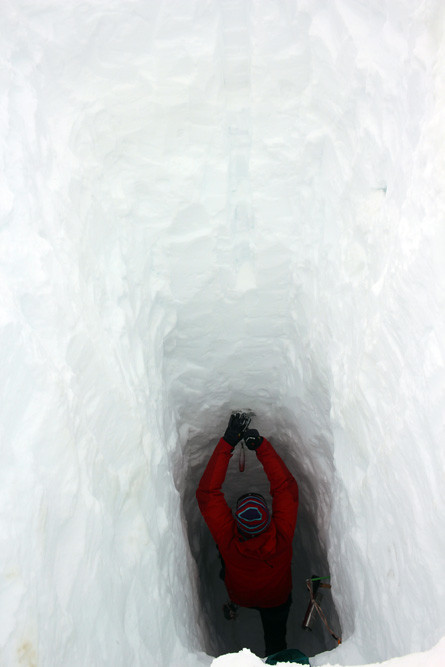
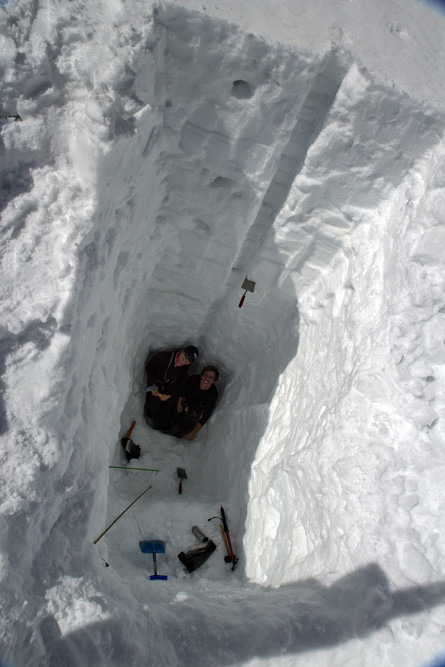
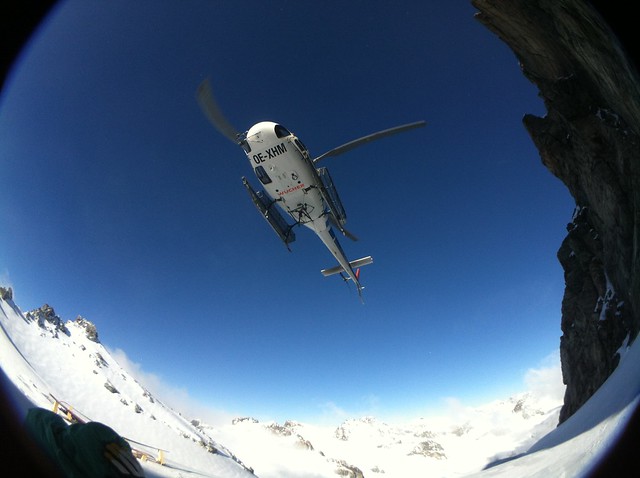
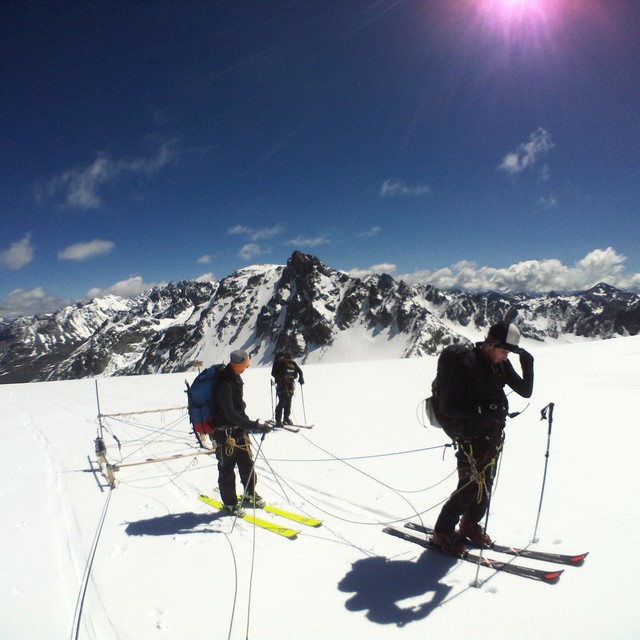

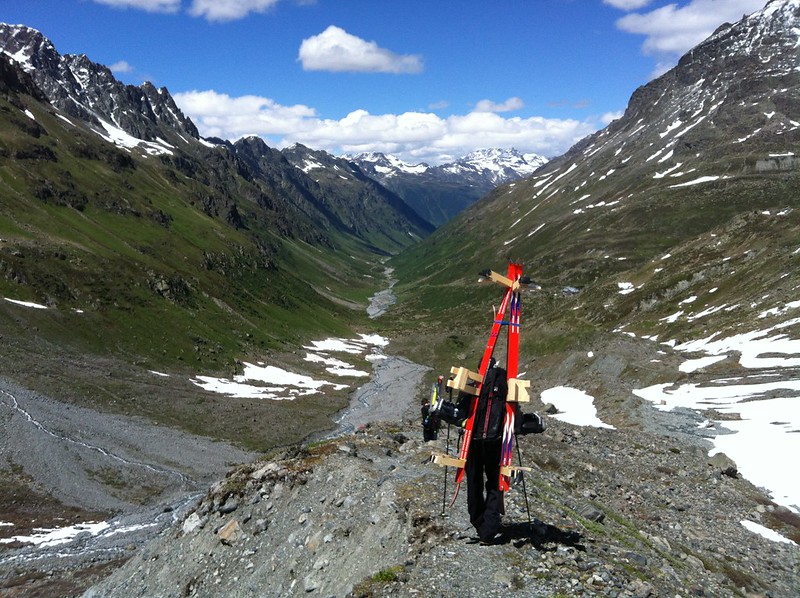


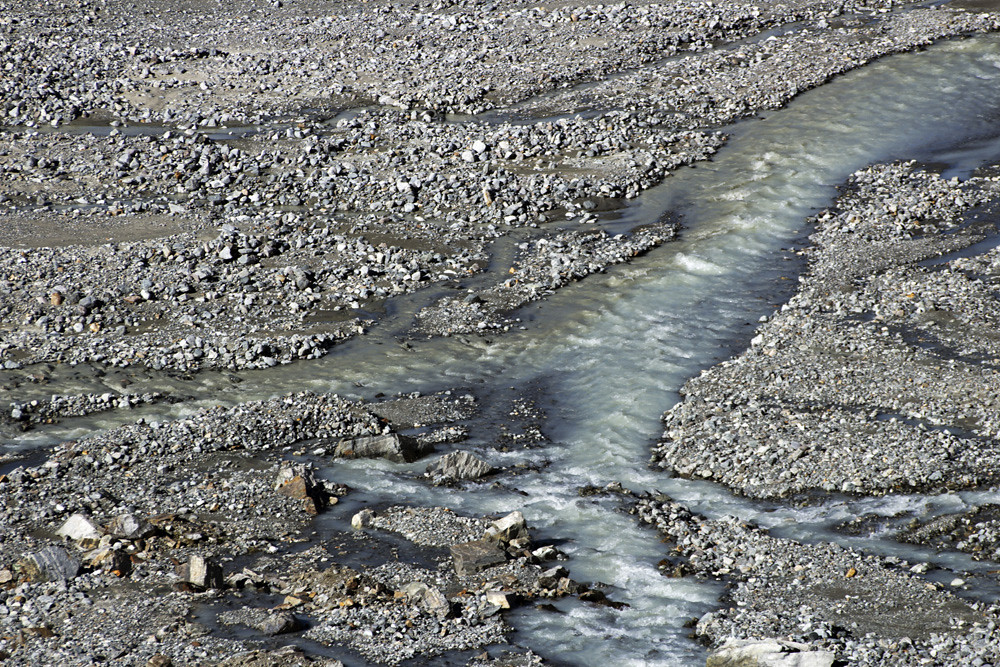
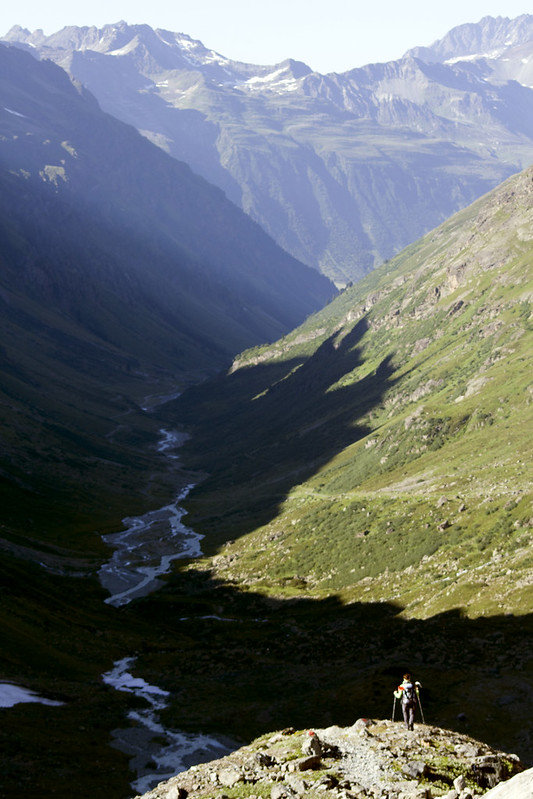
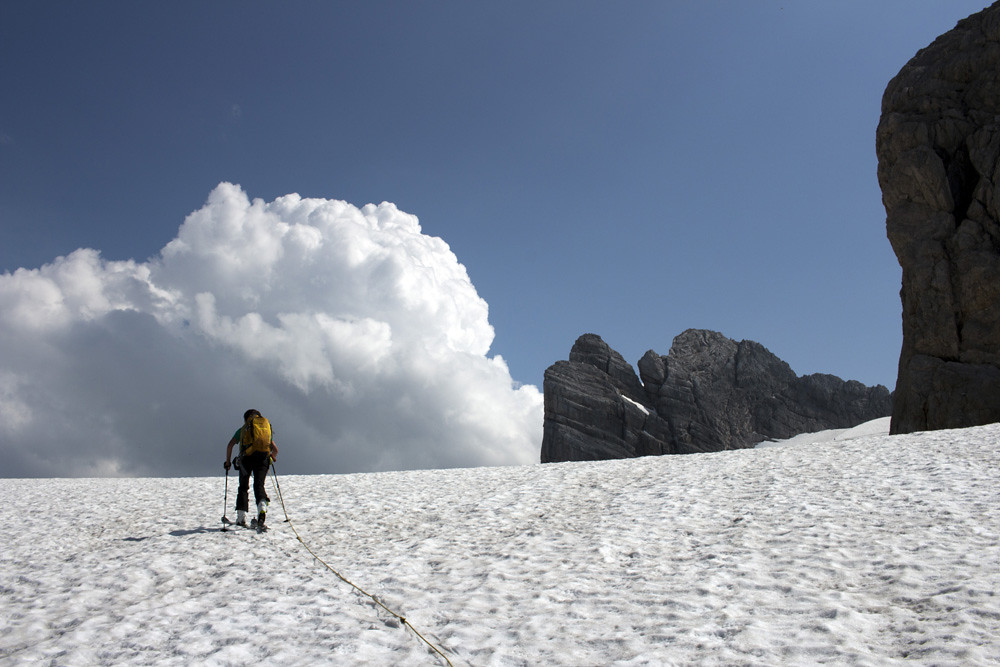
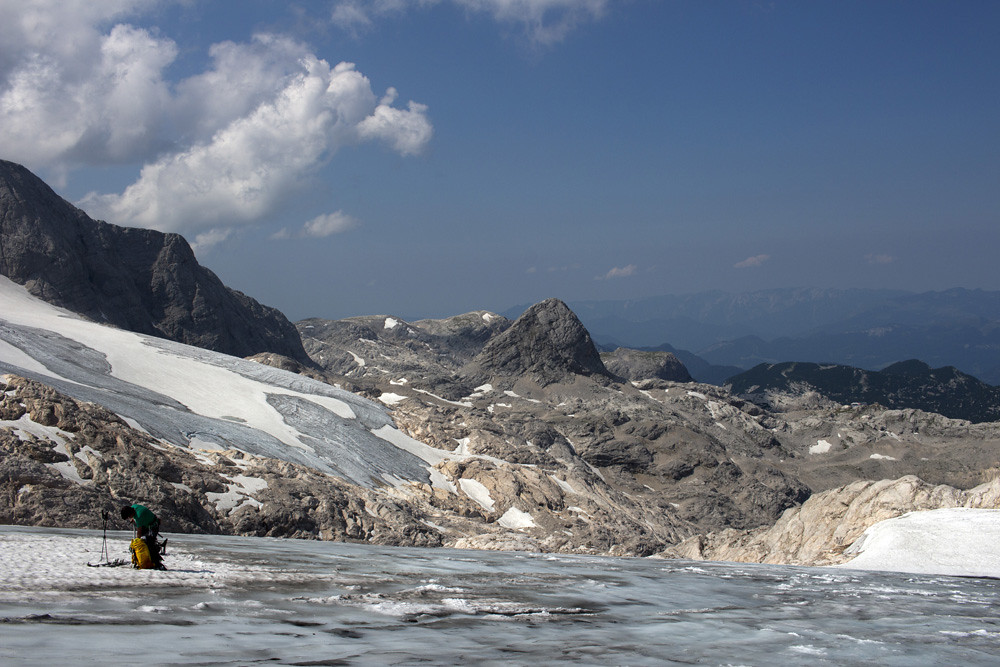

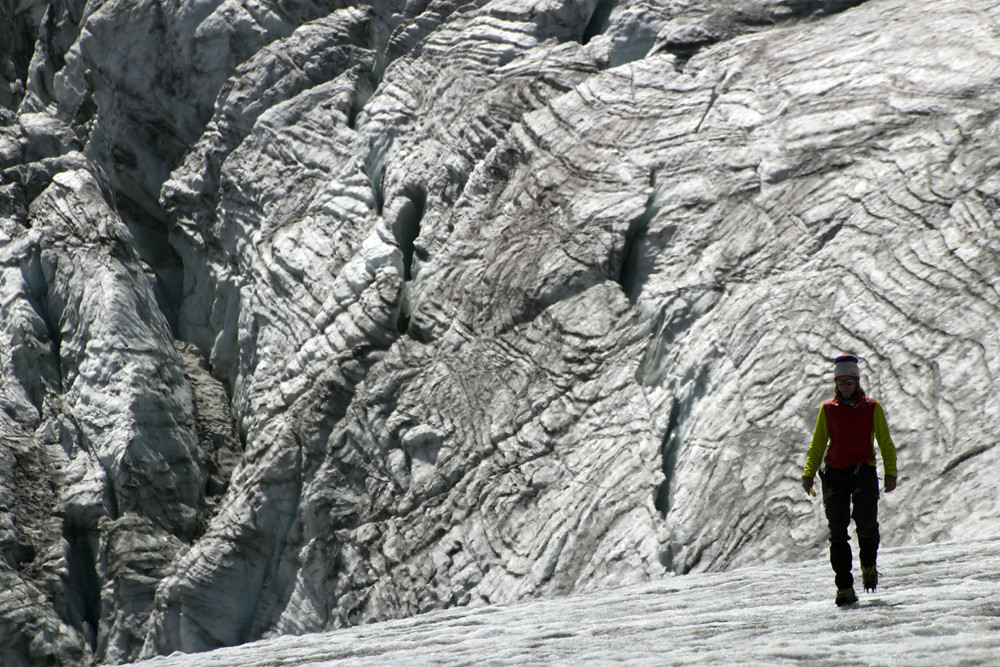

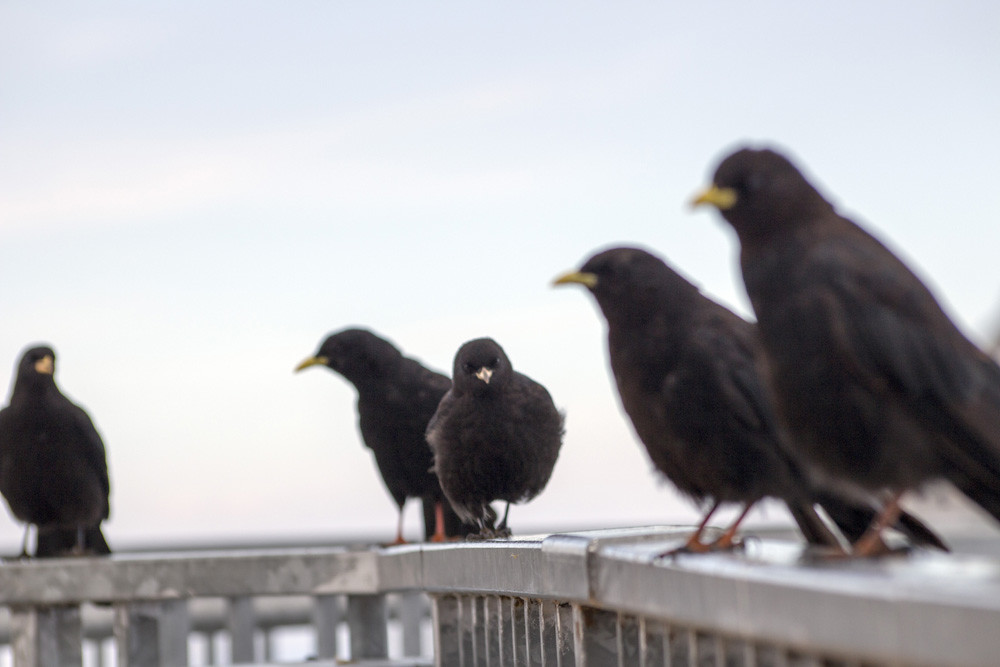
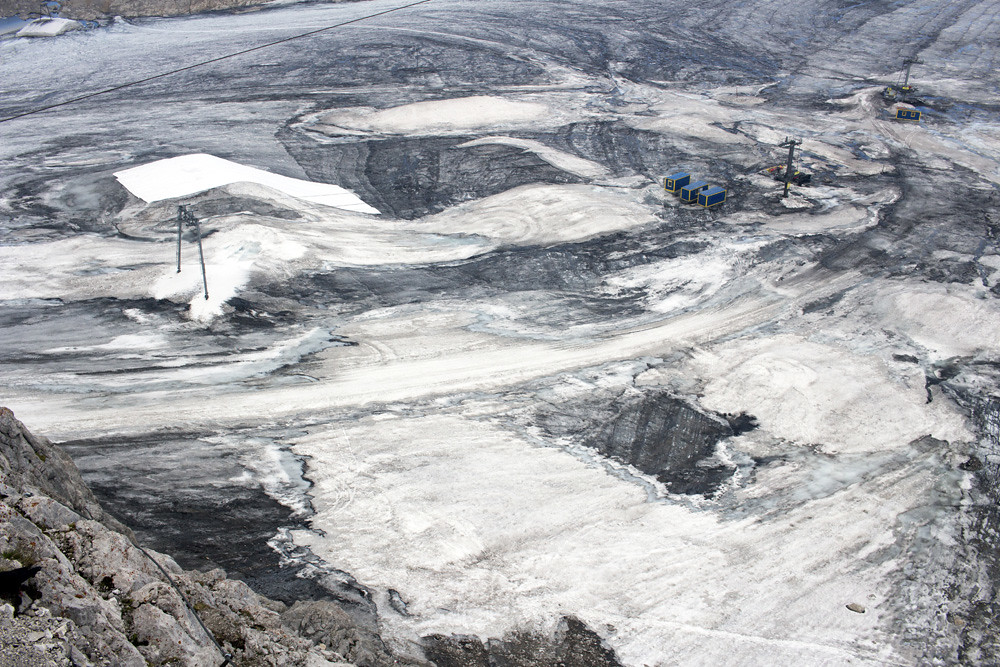
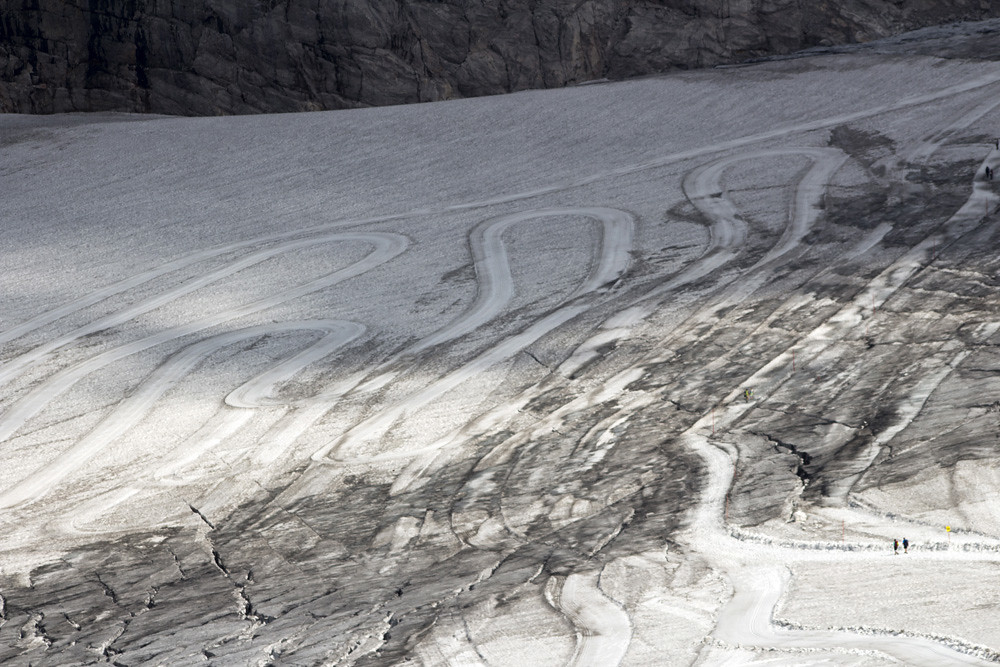
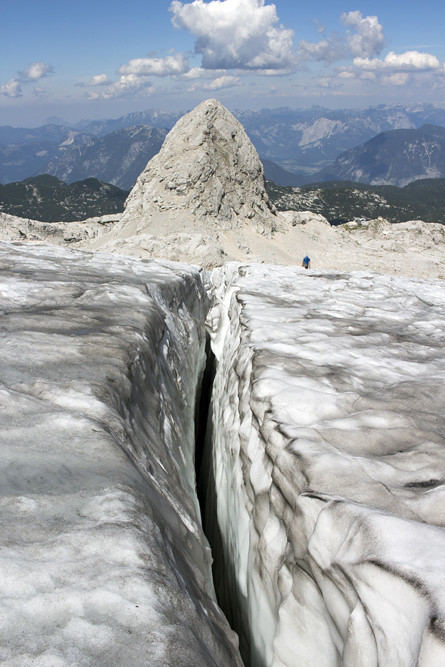
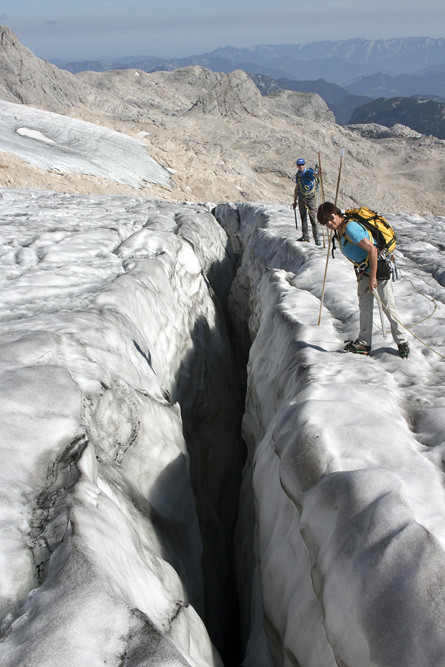

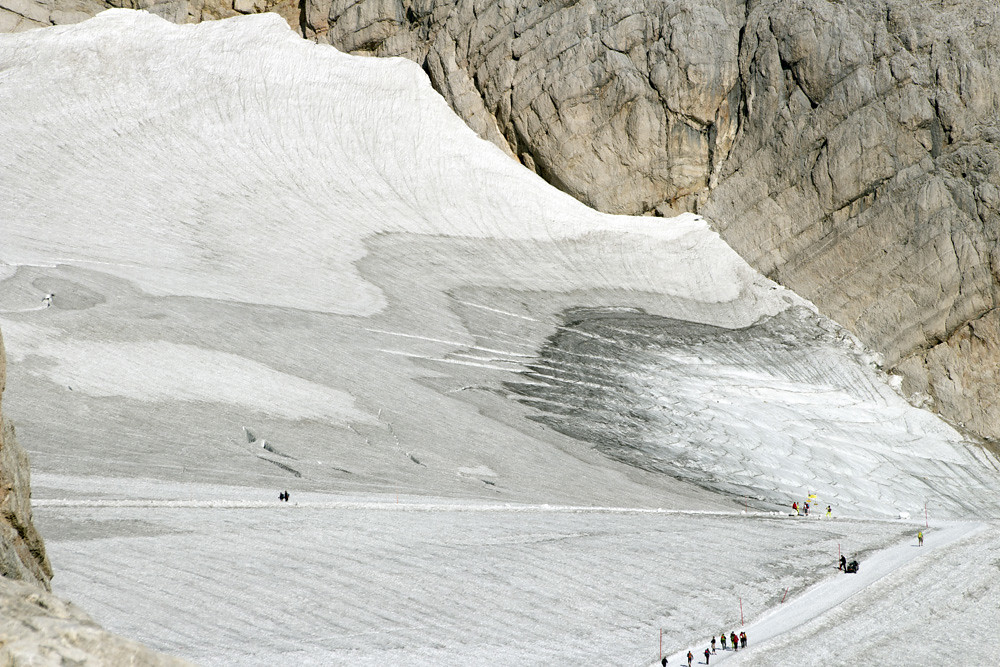

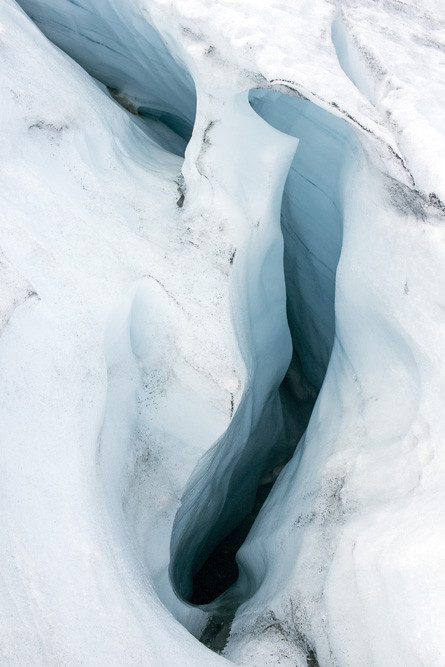
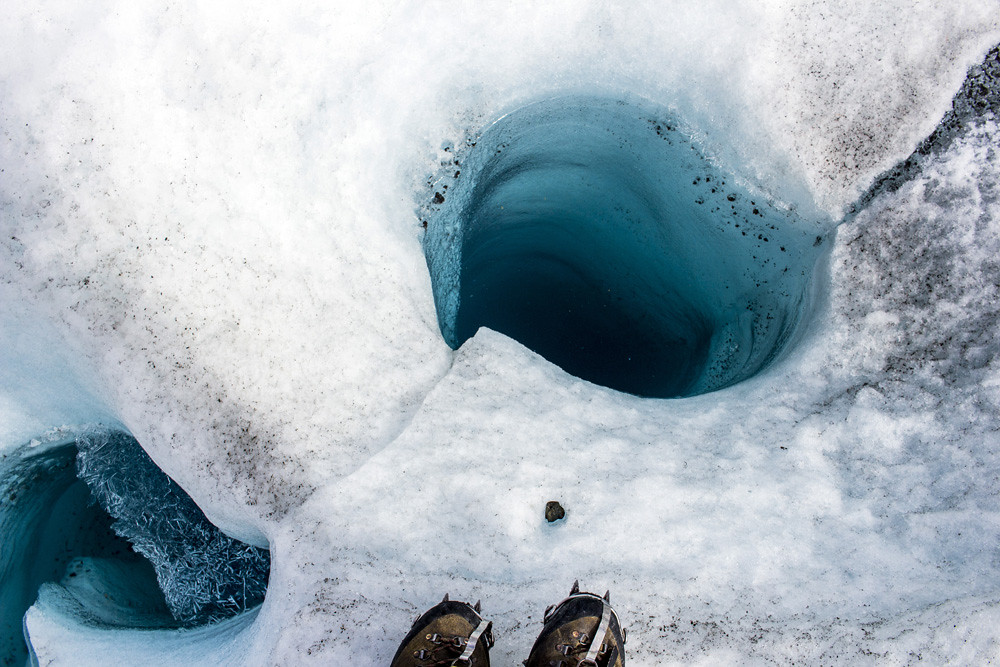
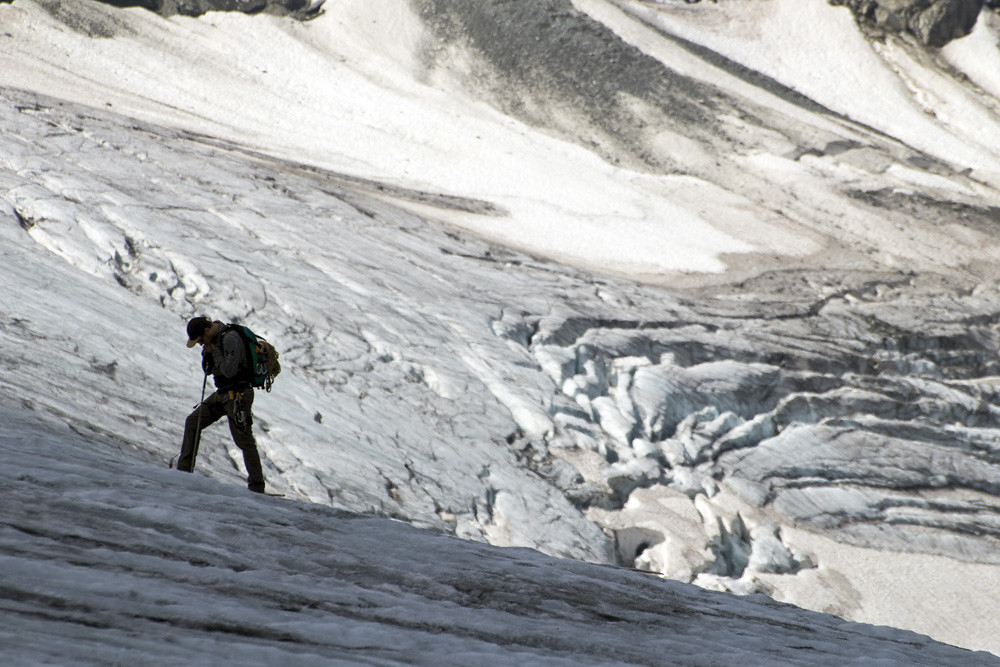






 Reply With Quote
Reply With Quote









Bookmarks